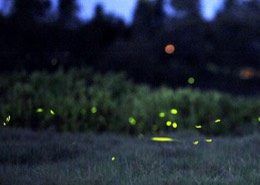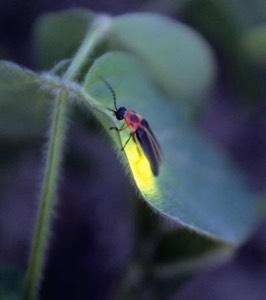Sign up for FlowVella
Sign up with FacebookAlready have an account? Sign in now
By registering you are agreeing to our
Terms of Service
Loading Flow

common name: fire flies or lightning bugs
Latin name: Lampyridae
They are called fire flies or lightning bugs for their conspicuous crepuscular use of bioluminescence to attract mates or prey. Fireflies produce a "cold light", this means that there is no infrared or ultraviolet frequencies given off by their light. There are about 2,000 species of fireflies. Theirs in marshes or in wet, wooded areas where their larvae have many different sources of food. Many fireflies do not produce light. Usually these species are diurnal or day-flying. Few diurnal fireflies that inhabit primarily shadowy places, such as beneath tall plants or trees, are luminescent. They hibernate over the winter. Fireflies tend to be brown and soft-bodied, often with the front wings more leathery than the other beetles. A few days after mating, a female lays her fertilized eggs on or just below the surface of the ground. The eggs hatch 3-4 weeks later and the larvae feed all summer.

